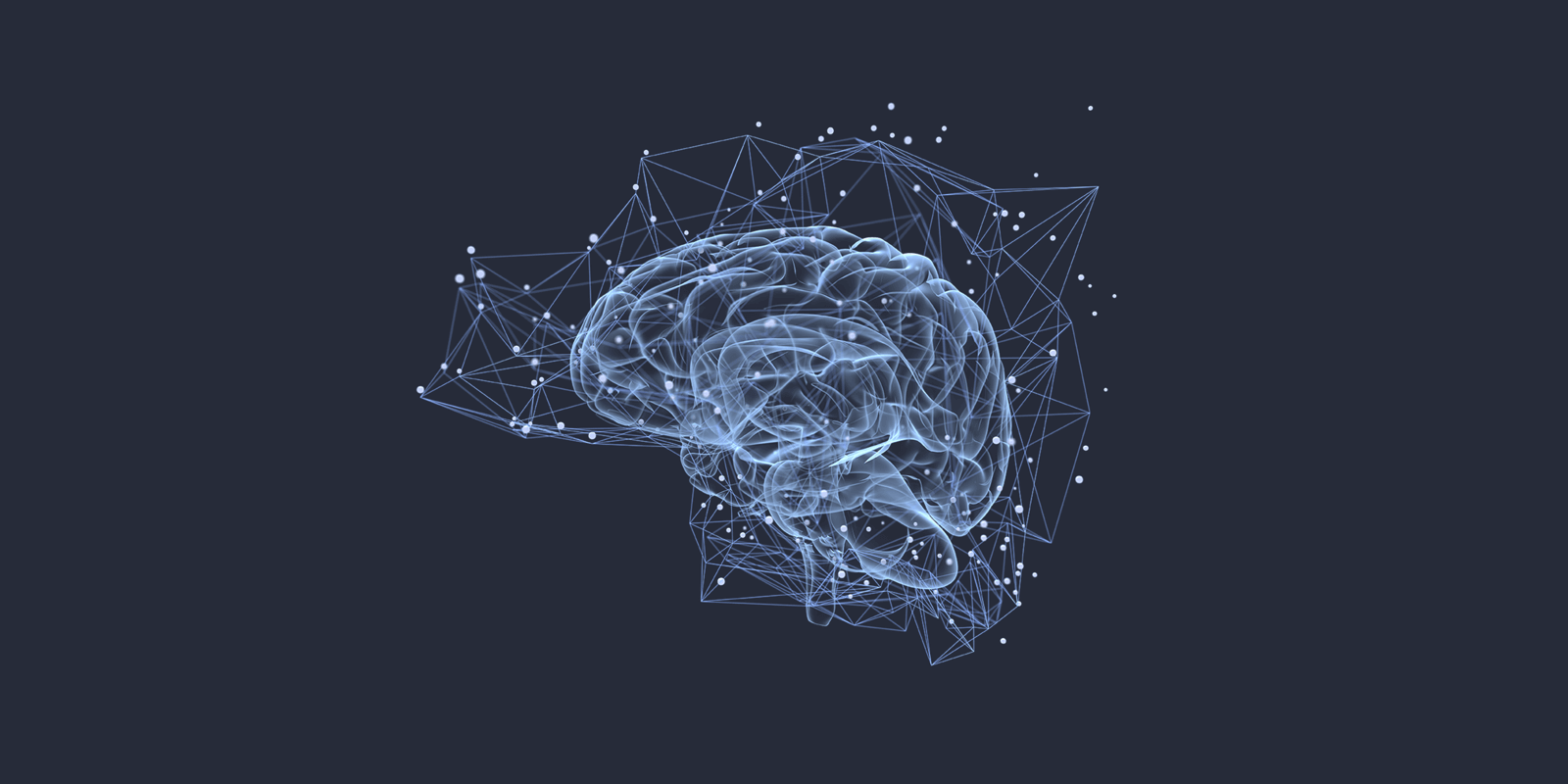July 23, 2025

In a landmark development for neurotechnology and assistive communication, researchers at UCSF and UC Berkeley have created an artificial intelligence system that can translate brain activity directly into spoken words — with unprecedented fluency and realism.
The study focused on individuals with severe speech paralysis, such as those suffering from ALS (amyotrophic lateral sclerosis) or the aftermath of strokes. Using a surgically implanted array of electrodes, scientists recorded electrical signals from the cerebral cortex, specifically the regions responsible for speech production and motor planning.
These neural signals were then fed into deep learning models trained to recognize the patterns associated with phonemes, intonation, and timing. Unlike previous technologies that converted thoughts into text or required spelling through eye movement or cursor control, this new approach produced real-time audio output, including inflection, rhythm, and vocal tone.
“This is the closest we’ve come to restoring natural speech in individuals who can no longer speak,” said Dr. Edward Chang, lead neurosurgeon and principal investigator.
In testing, participants were asked to imagine speaking predetermined sentences. The AI successfully reconstructed coherent audio that closely matched the individuals’ original voices — not just in content, but in expressive delivery. Family members of test participants reported being able to recognize the speaker's identity from the synthetic audio, thanks to the model's preservation of tone and rhythm.
The research represents a massive leap over earlier models that relied on discrete word prediction or spelling interfaces. By tapping into motor cortex signals associated with speech articulation, the system allows for a much more fluid and human-like output, opening up a new frontier in brain-computer interfaces (BCIs).
While still in the research phase, the implications are significant:
The project team is now exploring ways to miniaturize the hardware and improve the AI’s adaptability to individual brain anatomy and speech patterns. Additional safety testing and ethical considerations are also underway, particularly around privacy and neural data handling.
The findings were published in Nature Neuroscience and have been hailed by experts as one of the most significant neuroengineering milestones in recent memory.
“We’re not just interpreting thought — we’re giving people their voices back,” said Dr. Chang. “That’s powerful.”